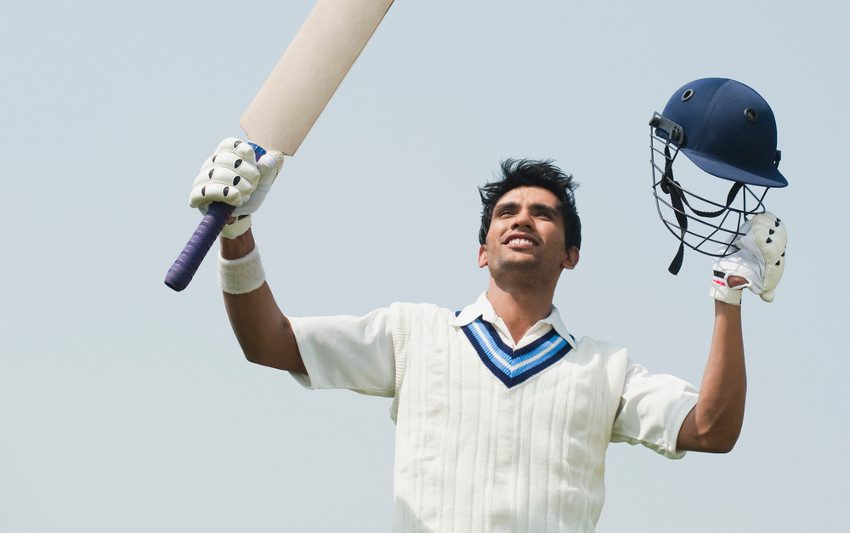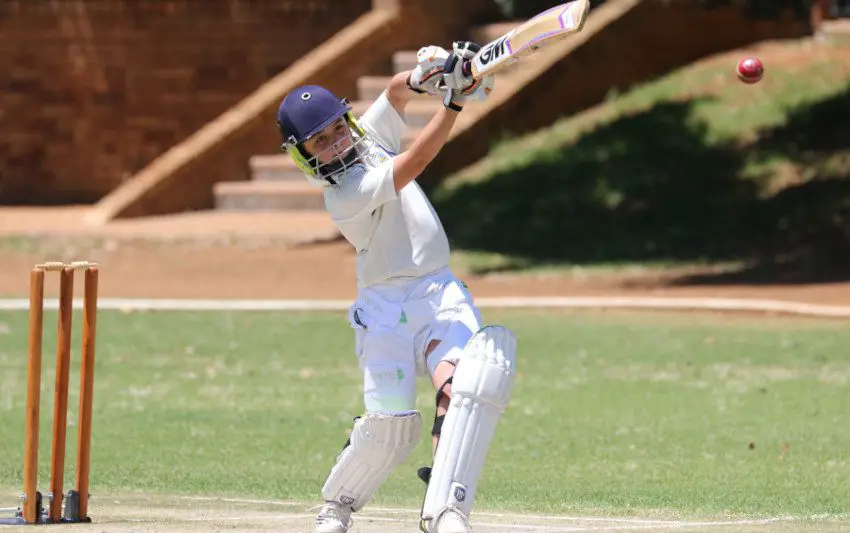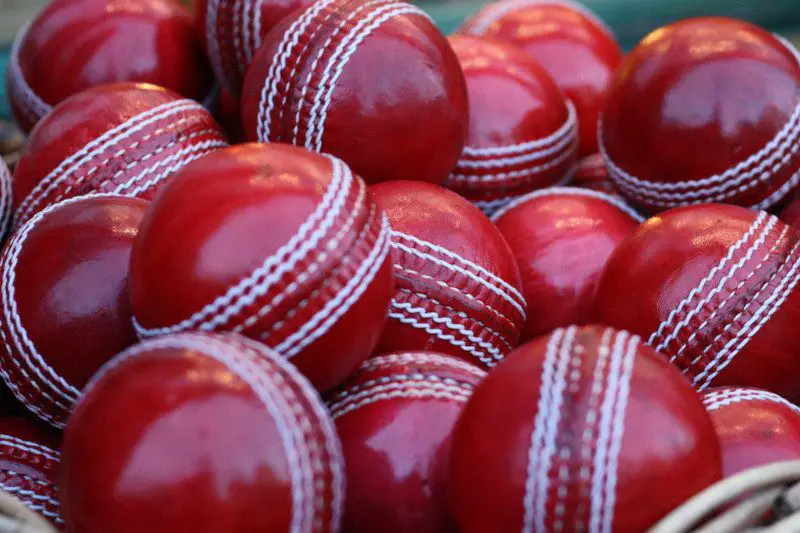Table of Contents
In this article, we run through what you need to know about cricket vests. Why do players wear a sweater and what kind of types are there?
Why Do Cricketers Wear a Vest?
Cricketers need to be active throughout the game. Their movements cannot be restricted in any way due to clothing. Alongside this, there is the need for comfort and warmth. Cricket can be played in cold conditions, especially in England, and cricket vests are seen as a key part of a team’s kit.
It’s worth noting at this early stage that we’re referring to vests and sweaters as the same item of clothing. In some cases, a vest could be an undergarment, but we’re specifically talking about a sweater that goes over shirts and other external items.
Why Do Cricketers Wear Sweaters in Summer?
Early cricket jumpers were made of wool which kept cricketers warm in the colder matches. It was also in keeping with the traditional appearance of cricketers and their white clothing. The natural fibres were also believed to absorb sweat and keep it away from the body which was beneficial to the players. However, wool becomes heavier when wet and this takes away the comfort of wearing one.
Modern sweaters are made from different materials. These allow the cricketer to remain comfortable but not to overheat in warmer conditions. Sweaters are less common in warmer countries such as Australia or India where keeping cool is the priority.
Material Used in Cricket Sweater
Traditionally, cricket sweaters were made from wool and many still are. The material is soft to allow freedom of movement and thick enough to provide warmth. More modern sweaters are made using an acrylic yarn which is created from polymer. This is very lightweight yet retains body heat through use.
It also doesn’t become heavy from dampness which can occur when playing cricket on a wet outfield. They are also less likely to become stained compared to wool and are easier to dye. This makes them a more popular choice with teams wishing to customise them.
Cricket Sweater Types
There are two types of cricket sweater; sleeveless vest (sometimes known as a slipover) and a sweater with sleeves.
Sleeveless Vest or Slipover
These sleeveless options are often chosen by bowlers. They are much more lightweight than long sleeved versions but are just as comfortable. Often, these are worn over the top of a long-sleeved cricket shirt in conditions that don’t warrant a long-sleeved jumper. They are usually V necked in appearance with the club or country colours adorning the V shape. These are best compared to a body warmer style jacket that is worn over a shirt or thin jumper. They offer a more casual appearance compared to longer sleeved sweatshirts.

Sweater with Sleeves
Long sleeve sweaters are perfect for colder weather and to offer a layer of protection to fielders. Skidding and diving on the ground can lead to scratches to the arms – long sleeved sweaters help to prevent this. The wool that is chosen to make these is stretchy, so it fits the body shape of the person wearing it. This stretching also adds to the comfort of the user and allows a full range of movement to be achieved in a match situation. Traditionally, these have a V shaped neckline with team colours on the border. These add to the overall appearance of the team.
Cricket Vest Brands
There are many cricket brands who make vests. The most popular of these includes, but is not restricted to, Gray-Nicolls, Gunn & Moore, New Balance, and SG. The quality of the materials they use sets them apart from other brands. Most teams use a particular brand for the season so that all players wear the same sweatshirts. Other teams allow players to choose their own brand.
Cricket vests are a useful and versatile piece of clothing. They can be used as a thin layer on top of a cricket shirt or over the top of a long-sleeved jumper. They are usually worn by bowlers as they are less restrictive than long sleeved jumpers or by batters for the same reason.
Should You Buy a Cricket Sweater?
The answer to this question could depend on where you play cricket. If you are reading this and you live in any part of the UK, I would say definitely yes, you will need a cricket sweater, particularly at the start and end of the season.
In warmer countries, you may be lucky enough to go through a whole season without needing a sweater.
At many club teams, I’ve found that the secretary buys them in bulk through a supplier. They can then be adapted to carry the club colours, along with the logo of any sponsors. This will help to keep the costs down, so this item of clothing is more affordable.
In summary, the sweater isn’t an essential item of cricket clothing, but in the colder parts of the cricketing world, you’ll be glad you bought one.


